On View
After Bending Marble, Analia Saban Grinds Car Lacquer, Minerals, and Insects for Her Paintings
The Argentinian artist's thrilling conceptual work is the focus of two concurrent shows at Sprüth Magers in Berlin and Los Angeles.
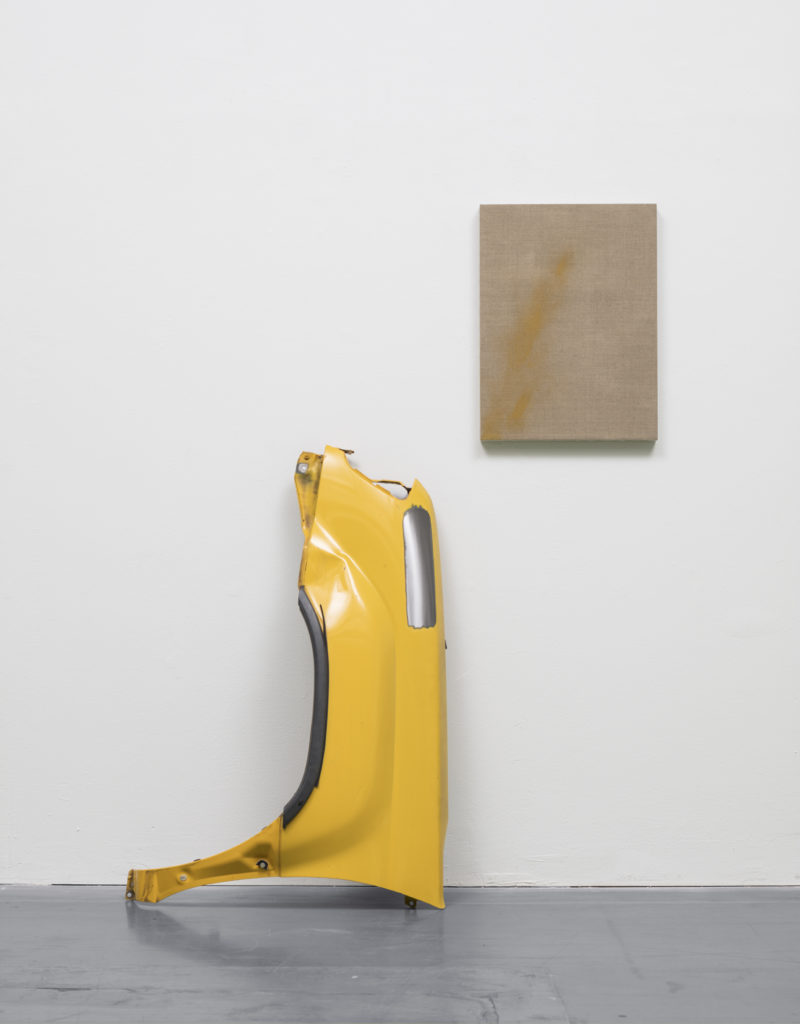
The Argentinian artist's thrilling conceptual work is the focus of two concurrent shows at Sprüth Magers in Berlin and Los Angeles.

Hili Perlson

No material, no matter how intractable, is safe in the hands of Analia Saban. The Argentine artist—who studied with John Baldessari and now works in his former Santa Monica studio—has gained critical acclaim with works that explore the limits of art’s traditional materials (bending slabs of marble or concrete and draping them over sawhorses, for example).
This summer, two near-concurrent shows by the artist run at Sprüth Magers gallery’s Los Angeles and Berlin locations. Titled “Folds and Faults,” Saban’s stateside show includes several of her draped concrete pieces, alongside wall works that undo and then redo art’s traditional processes. Instead of applying paint on a canvas, Saban wove dried acrylic strings through linen; rather than draw with ink on paper, she soaked paper in ink and then incised it using a laser cutter.
For her show in Berlin, “Pigmente,” the artist is showing works that resulted from her residency at the Getty Research Institute in 2015-2016, where she investigated how historical innovations in paint formulas shaped the course of art history.
Her particular vein of subverting materials and medium-specific processes has caught the attention of institutional curators as well as private collectors, who follow her closely. Last September, Houston’s Blaffer Art Museum gave Saban her first institutional survey featuring works dating back to 2005, when she unstretched the canvases of over 100 paintings for her graduate show at U.C.L.A. Most of the paintings were thrift store finds, Chinese knockoffs, or castaways by fellow students. The canvases were unraveled thread by thread and then rolled to form one huge ball, which she titled, instructively, The Painting Ball (48 Abstract, 42 Landscapes, 23 Still Lifes, 11 Portraits, 2 Religious, 1 Nude).
Her penchant for deconstructing materials continues today. In “Pigmente,” a work showing a faint ochre stroke on untreated canvas hangs next to a bright, mustard-hued car part. “I scraped the paint from the SUV and ground it down to get the pigment,” she told artnet News at the show’s opening, describing a process that echos age-old practices of pulverizing minerals and insects to mix paint—materials she also uses as well. Other paintings are created using crushed graphite or plant lice, where the artist engages in the process of encaustic painting to affix the pigment to the surface.
A series of works titled “Markings” takes Saban’s mining for paint bases to a conceptually thrilling new height. Carefully peeling off the emulsion from the surface of photographs—like an epidermis or a delicate butterfly wing—she picks details from archived Getty images of paint or pigment bottles and places them a on canvas. Anything, whether industrially manufactured or organic, can be turned into art supplies in this alchemist’s hands.
See more images of both exhibitions below:
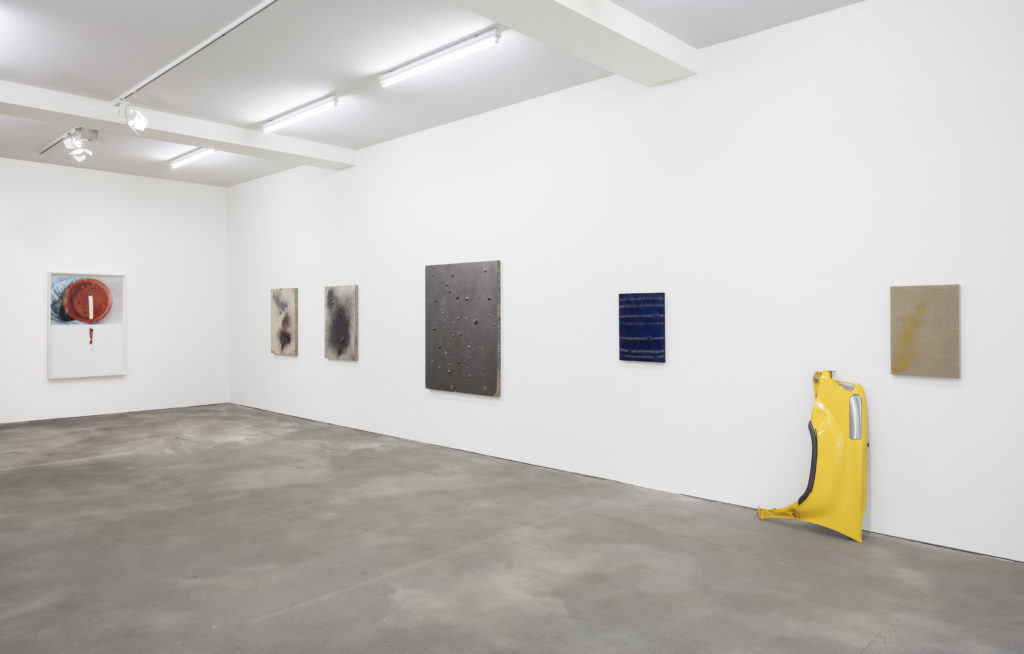
Installation view, Analia Saban, “Pigmente,” at Sprüth Magers, Berlin, 2017. Photo by Timo Ohler.
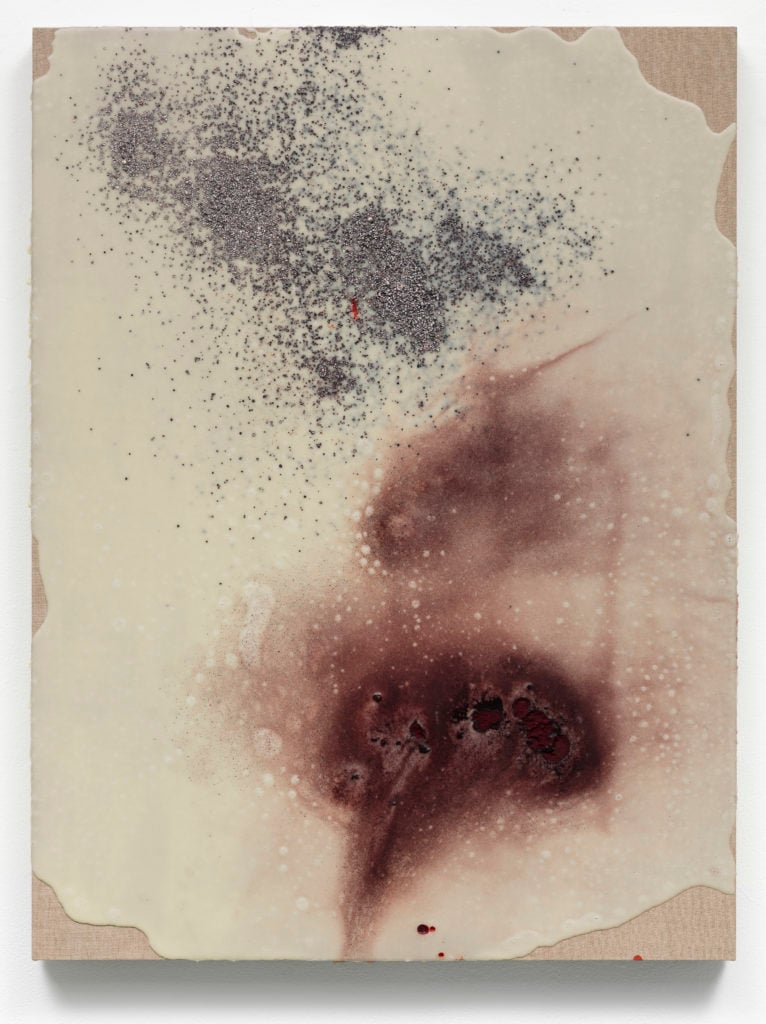
Analia Saban, Cochenille Cluster, (2017). ©Analia Saban. Courtesy Sprüth Magers. Photo by Timo Ohler
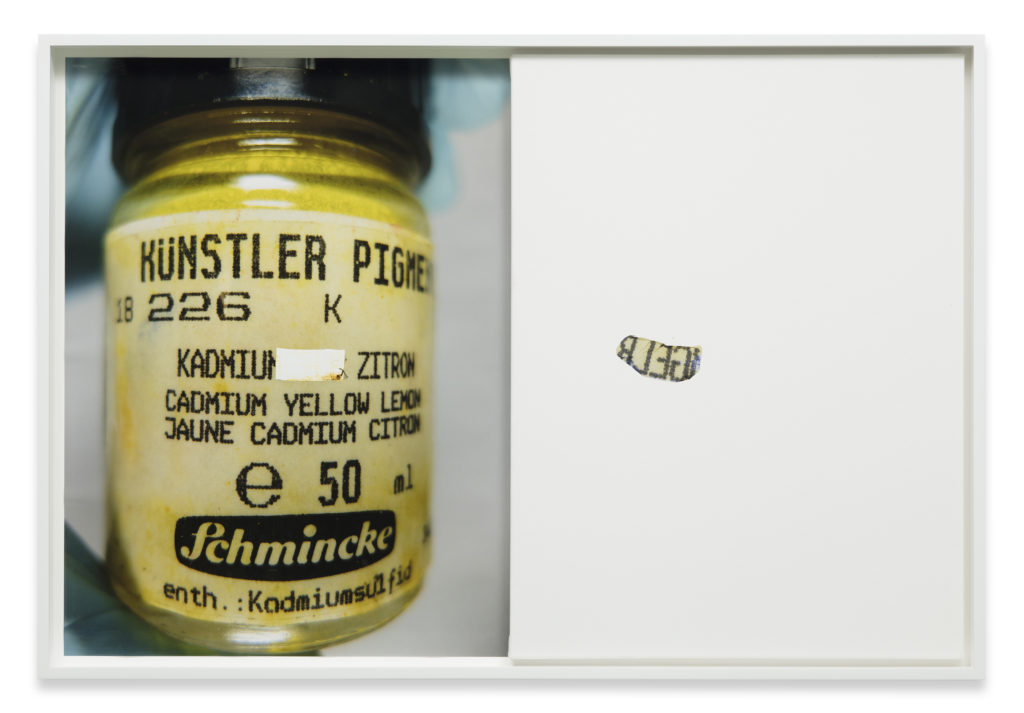
Analia Saban, Markings (from Cadmium Yellow Lemon, Schmincke), (2016). ©Analia Saban. Courtesy Sprüth Magers. Photo by Timo Ohler

Analia Saban, Markings (from Cadmium Red, L. Cornelissen & Son), (2016). ©Analia Saban. Courtesy Sprüth Magers. Photo by Timo Ohler
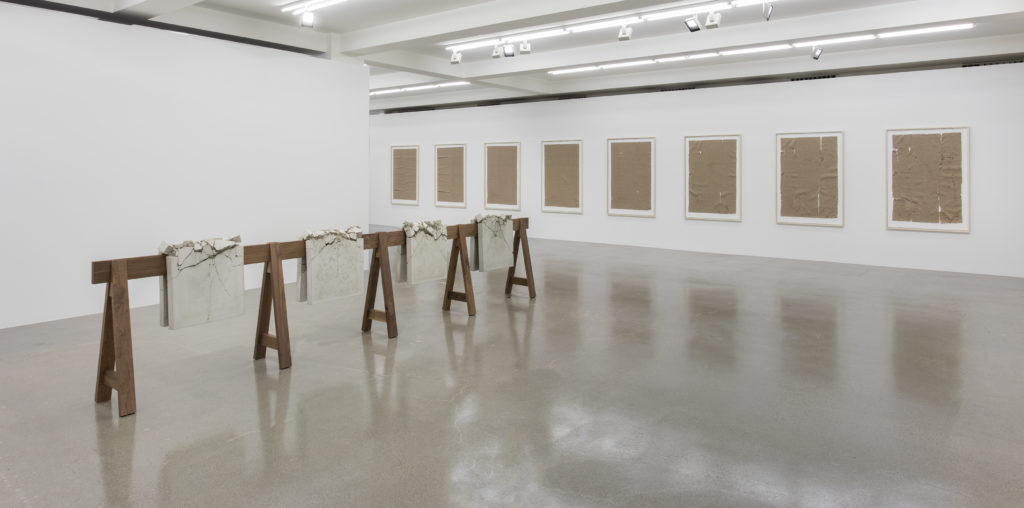
Analia Saban, Installation view, “Folds and Faults” at Sprüth Magers, Los Angeles. ©Analia Saban, Courtesy Sprüth Magers, Photography by Brian Forrest
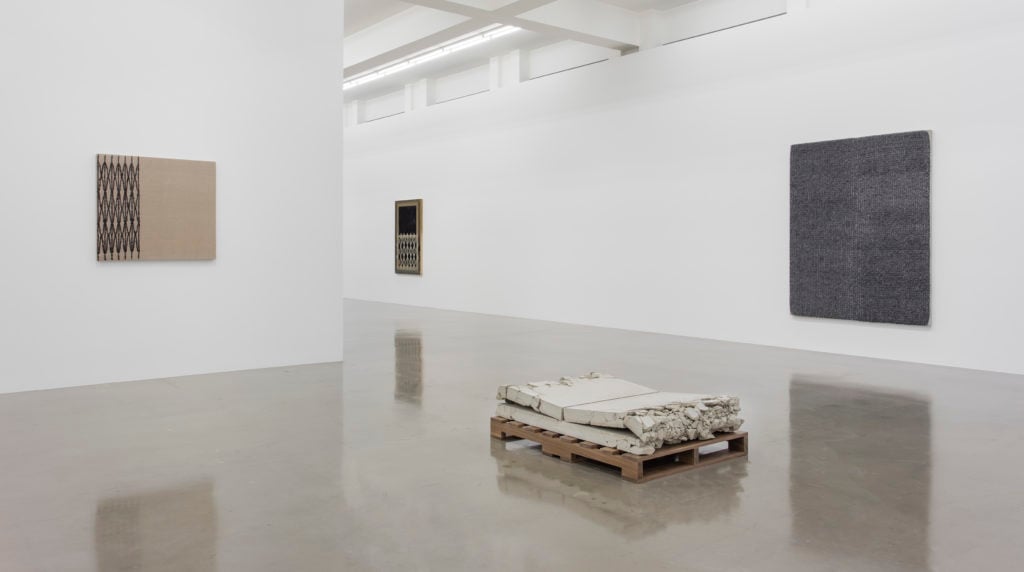
Analia Saban, Installation view, “Folds and Faults” at Sprüth Magers, Los Angeles. ©Analia Saban, Courtesy Sprüth Magers, Photography by Brian Forrest
Analia Saban, “Folds and Faults” is on view at Sprüth Magers Los Angeles through August 18, 2017.
Analia Saban, “Pigmente,” is on view at Sprüth Magers Berlin through August 26, 2017.